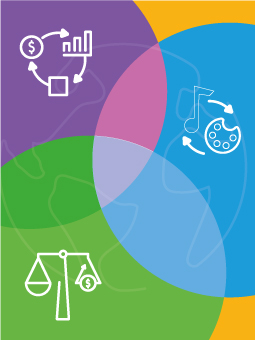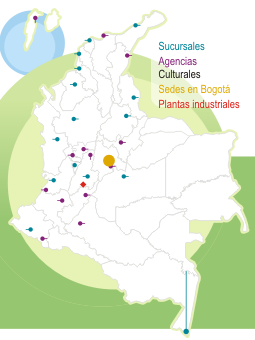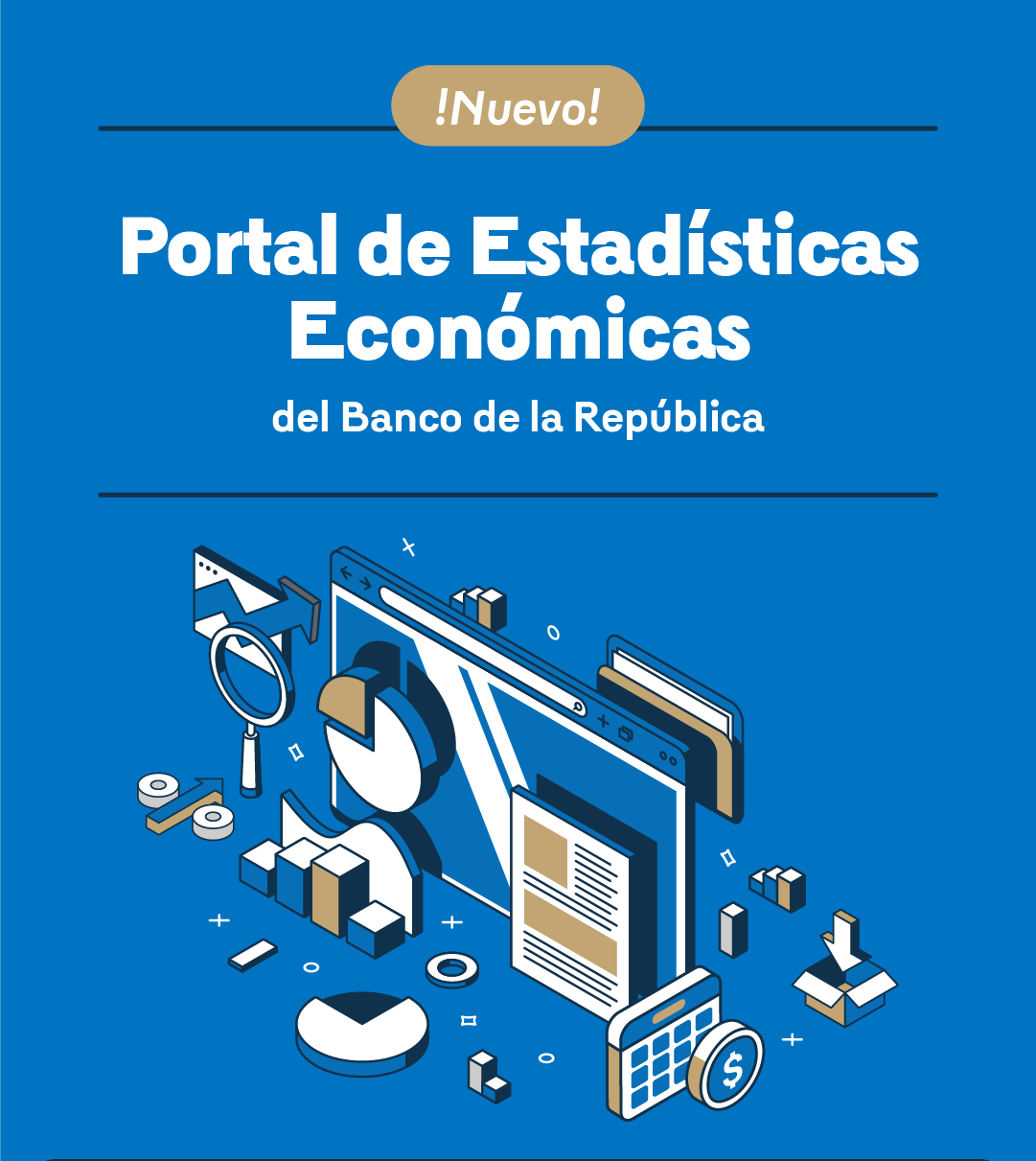Conclusions of the 87th Session of the Financial System Coordination and Monitoring Committee
During the 87th session of the Financial System Coordination and Monitoring Committee held today between the deputy ministers of the Ministry of Finance and Public Credit, the Governor of Banco de la República (the Central Bank of Colombia), the Financial Superintendent, and the Director of the Financial Institutions Guarantee Fund (Fogafín in Spanish), together with the deputy directors of the Financial Regulatory Unit (URF in Spanish), the main trends of the financial system leading indicators and their outlook for the rest of the year were analyzed.
As of August 2023, credit institutions continue to exhibit adequate prudential indicators and are above the regulatory minimums.
After observing a significant acceleration in the credit dynamics during 2022, intermediation activity has adjusted in an orderly manner and in accordance with expectations so far in 2023. The portfolio growth of the different types of loans has decelerated in line with the economic cycle. In turn, an impairment has been observed in the consumer portfolio, which, along with the materialization of the banking book interest rate risk, has led to a reduction in the net interest margin and a higher provisions expense, moderating the profits of credit institutions, in line with the macroeconomic environment.
Based on the joint analysis of the main indicators, the Committee concluded that the financial system maintains prudential indicators above the regulatory minimums, although there are still some identified and monitored risk factors, mainly associated with household indebtedness and with the behavior of commercial credit in some sectors. Regarding these factors, the respective monitoring exercises are being carried out on the management performed by the entities and their capital capacity to face different scenarios.
Main indicators reviewed during the session
As anticipated in previous sessions, the system's total portfolio continues to exhibit lower dynamics, mainly explained by the performance of consumer financing, although a deceleration is also observed in the other types of loans, except for microcredit. The total non-performing loans indicator stood at 4.9%, while the coverage ratio was 128.5%, which indicates that the provisions constituted by the financial institutions cover the entire non-performing portfolio.
Concerning the consumer portfolio, the figures indicate that the impairment is beginning to moderate, although not excluding that the quality indicators will persist at similar levels to the current ones, considering the recent slowdown in disbursements.
In terms of loans to companies, growth in commercial loans continues to moderate, while quality indicators continue to increase reaching the average levels of the last five years. In the case of microcredit loans, the dynamism of this type of loan persists, although there has been an acceleration in the rate of impairment of this portfolio.
Consistent with the portfolio's performance, the profitabilitd1 of credit institutions has decreased from 2.0% to 0.9% between August 2022 and August 2023. This decrease is mainly explained by the higher expense on provisions and the drop in the net interest margin.
Credit institutions continue to show levels of capital2 and liquidity3 that would allow them to face different higher risk scenarios.
Capital market review
As for capital markets, the Committee agrees on the need to establish a permanent working group to take concrete actions to strengthen the market.
Conclusions
The Committee members concluded that the leading indicators of the financial system so far in 2023 to August match the expectations and risk analysis performed since the end of the previous year. Current regulations, the existing macro-prudential policy framework, and the supervisory measures adopted to promote the strengthening of risk management allow credit institutions to mitigate the impact of the portfolio impairment observed throughout the year and the foreseeable risks for the remainder of 2023.
For more details on the main trends in the financial system, see the following repor:
Financial System Update Report
1 Determined based on annualized profit and average assets over the last 12 months..
2 Total solvency of credit institutions reached 17.5%, while basic solvency was 14.1%.
3 The Liquidity Coverage Ratio (LCR) of the total credit institutions is 187.1%, with the regulatory minimum being 100%, while the Net Stable Funding Ratio (NSFR) of Group 1 reached 110.7% (with 100% as the regulatory minimum) and Group 2 reached 121.5%, with the regulatory minimum being 80% for this group.





































































